2023 Election
The Society for Cryobiology 2022 election will be held October 2 - 16, 2023.
The Society for Cryobiology 2022 election will be held October 2 - 16, 2023.
The Society for Cryobiology 2022 election will be held November 1st - 14th, 2022.
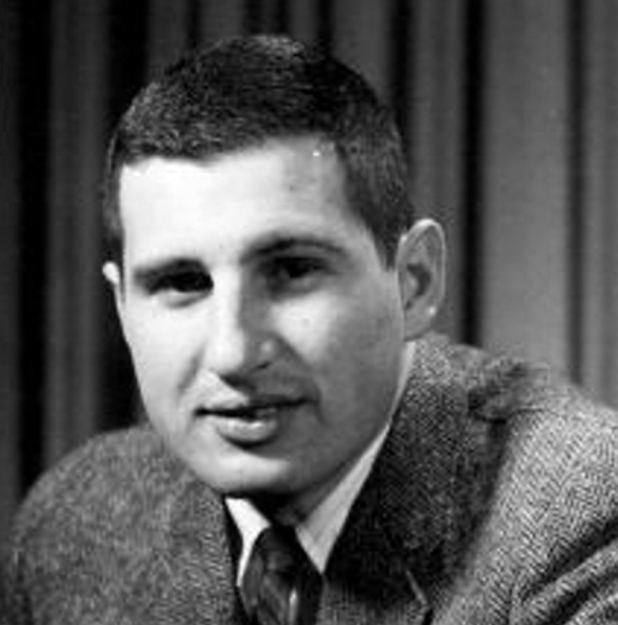 August 1, 2022 | Noon - 5pm | MIT, Bush Room 10-105 or via Zoom
August 1, 2022 | Noon - 5pm | MIT, Bush Room 10-105 or via Zoom
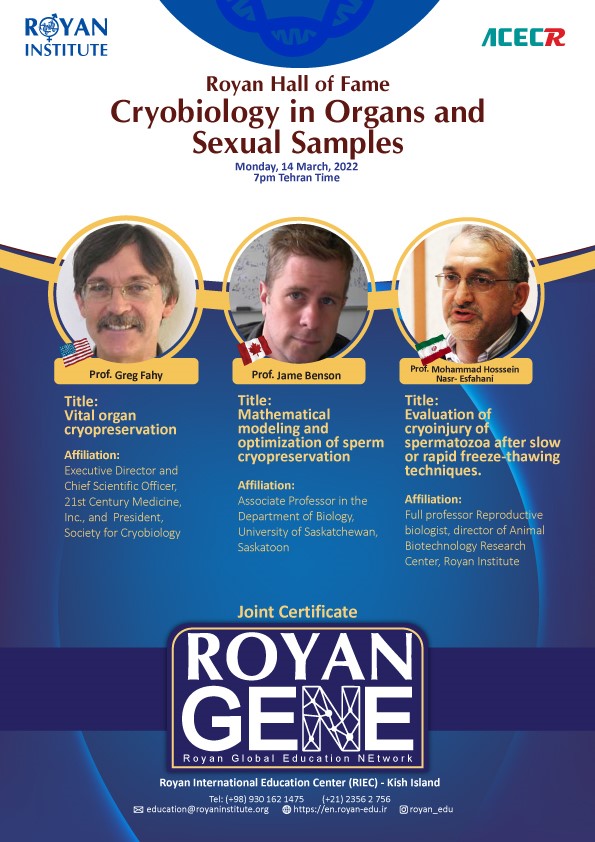 The core essence and beliefs of creating Royan Global Education Network focus on bringing all scientific activities and research of multilateral interests under one umbrella so that all those interested in various fields of activities can enjoy the benefits and seize the opportunities coming along with its activities and programs which appear as two phenomena called “Hall of Fame” and “Dialogue with Fame”. As per this spirit of unity, the 7th round Royan GENE program was held on 14 March 2022 as a Hall of Fame in the realm of Cryobiology in Organs and Sexual Samples. This Hall of Fame webinar featured highly notable lecturers from all around the world whose topics and speeches led to a fruitful webinar and discussion sessions, starting with the lectures of Prof. Gregory M.Fahy, president of Society for Cryobiology; Prof. James Benson, University of Saskatchewan; and Prof. M.H Nasr-Esfahani, director of animal biotechnology from Royan Institute. The topics and lectures represented through this program were mainly concerned with:
The core essence and beliefs of creating Royan Global Education Network focus on bringing all scientific activities and research of multilateral interests under one umbrella so that all those interested in various fields of activities can enjoy the benefits and seize the opportunities coming along with its activities and programs which appear as two phenomena called “Hall of Fame” and “Dialogue with Fame”. As per this spirit of unity, the 7th round Royan GENE program was held on 14 March 2022 as a Hall of Fame in the realm of Cryobiology in Organs and Sexual Samples. This Hall of Fame webinar featured highly notable lecturers from all around the world whose topics and speeches led to a fruitful webinar and discussion sessions, starting with the lectures of Prof. Gregory M.Fahy, president of Society for Cryobiology; Prof. James Benson, University of Saskatchewan; and Prof. M.H Nasr-Esfahani, director of animal biotechnology from Royan Institute. The topics and lectures represented through this program were mainly concerned with:
Vital Organ Cryopreservation
Mathematical modeling and optimization of sperm cryopreservation
Evaluation of cryoinjury of spermatozoa after slow or rapid freeze-thawing techniques
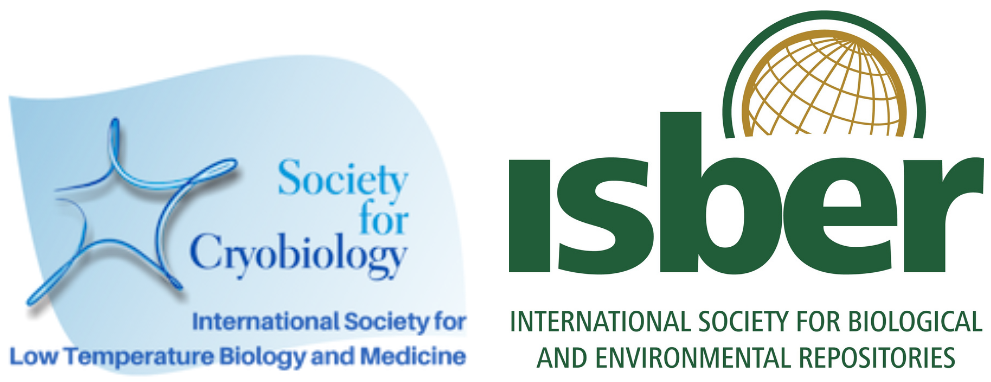
Feb. 18, 2021 11AM PT / 2PM ET / 8PM CET / 3AM NEXT DAY CST
CALL FOR CRYOFELLOW NOMINATIONS - DEADLINE MAY 31
Past - President, Jason Acker, presents Past-President Dayong Gao with the CryoFellow Medal at CRYO2017.
The CryoFellows Nominations Committee is now soliciting nominations for the appointment of new CryoFellows. This Committee, consisting of three members of the Board of Governors and two CryoFellows, evaluates the nominations and makes recommendations to the Board for approval of new Fellows.
Jan 30: Nominations Open
May 31: Nominations Close
June - mid-July: Evaluation of nomination materials by Fellow Committee
July 20: Board of Governors to vote on Fellow Committee recommendations
The Society for Cryobiology established an award and medal of CryoFellow just over a decade ago in recognition of members of the society and individuals from the cryobiology community at large who have had an outstanding impact on the field.
CryoFellows are awarded this prestigious status in recognition of: scientific impact of their research on cryobiology (50%); sustained nature of that impact (20%); generation of scientific offspring (20%); and service to the Society (10%).
There is no formal application form on which to make the nomination, but the documents you provide the committee should be of sufficient depth to support the candidate's contributions to the categories mentioned above in a clear and demonstrable way. Usually this will mean inclusion with the nomination:
(1) Supporting letters from members of the Society or other major contributors to cryobiology (including one from the nominator); and
(2) a detailed resume for the nominee. I suggest you contact the proposed CryoFellow to discuss their nomination before proceeding and to obtain the resume from the nominee.
Please note the nominated individual must be living at the time that he or she is nominated.
If there is someone you would like to nominate, or you would like to have an informal discussion before proceeding with a nomination, please email me at [email protected].
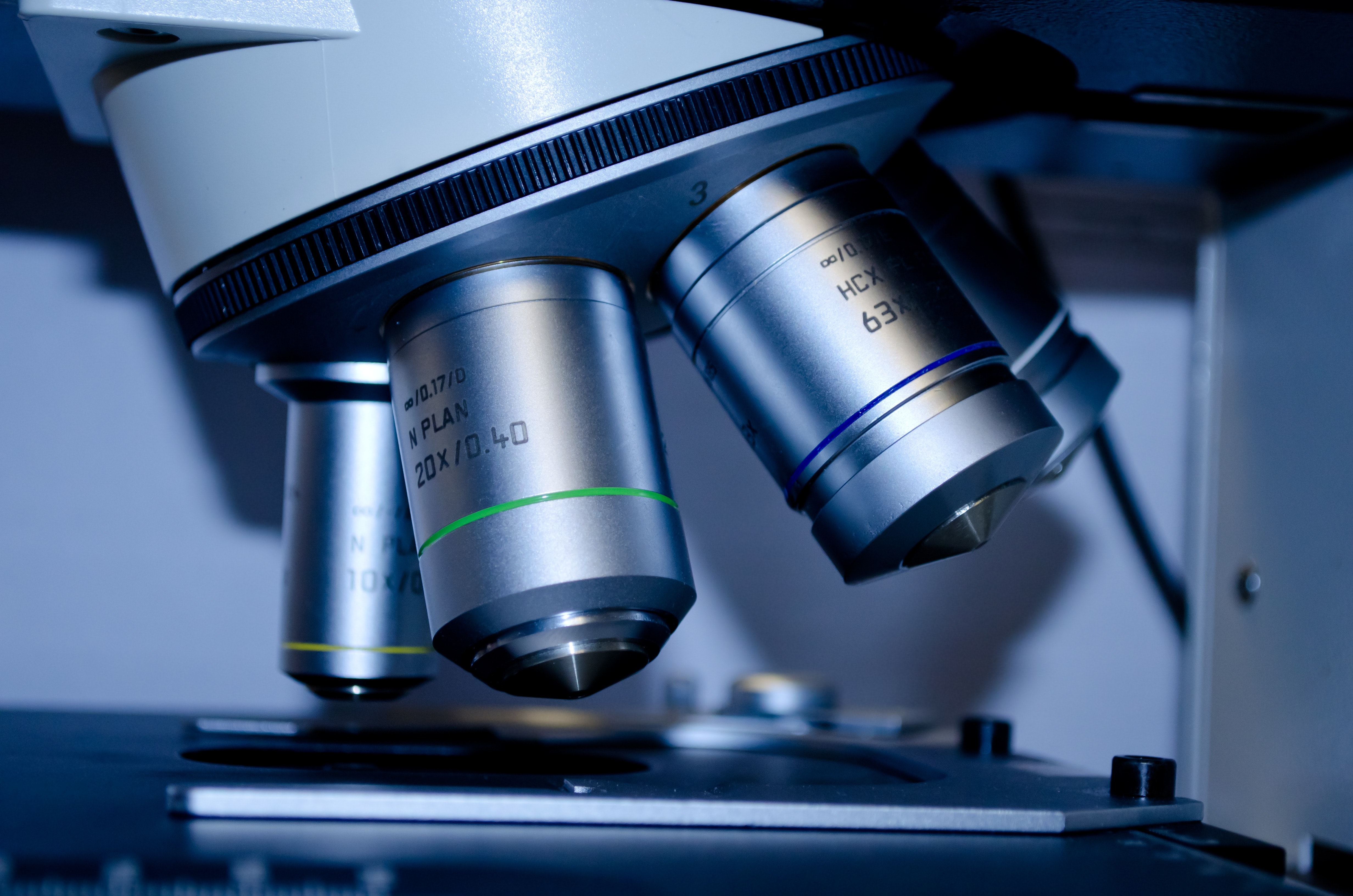 Over the past six years, researchers from the Okinawa Institute of Science and Technology Graduate University (OIST) have developed an easier and cheaper version of the traditional cryo-electron microscope (cryo-EM). Opposed to the traditional high-energy electron cryo-EM, this new style utilizes a low-energy electron beam. The low-energy electron cryo-EM allows scientists to better observe atoms with low atomic mass such as carbon, oxygen, hydrogen, which are primary elements in biomolecules. Another benefit to this new cryo-EM is the ability for scientists to observe both amplitude and phase whereas the traditional method only provides information on phase. Drawbacks include an image resolution significantly inferior to a conventional cryo-EM, but researchers could use this new method to gauge their sample quality before proceeding to the more costly, high-energy electron method. READ MORE
Over the past six years, researchers from the Okinawa Institute of Science and Technology Graduate University (OIST) have developed an easier and cheaper version of the traditional cryo-electron microscope (cryo-EM). Opposed to the traditional high-energy electron cryo-EM, this new style utilizes a low-energy electron beam. The low-energy electron cryo-EM allows scientists to better observe atoms with low atomic mass such as carbon, oxygen, hydrogen, which are primary elements in biomolecules. Another benefit to this new cryo-EM is the ability for scientists to observe both amplitude and phase whereas the traditional method only provides information on phase. Drawbacks include an image resolution significantly inferior to a conventional cryo-EM, but researchers could use this new method to gauge their sample quality before proceeding to the more costly, high-energy electron method. READ MORE
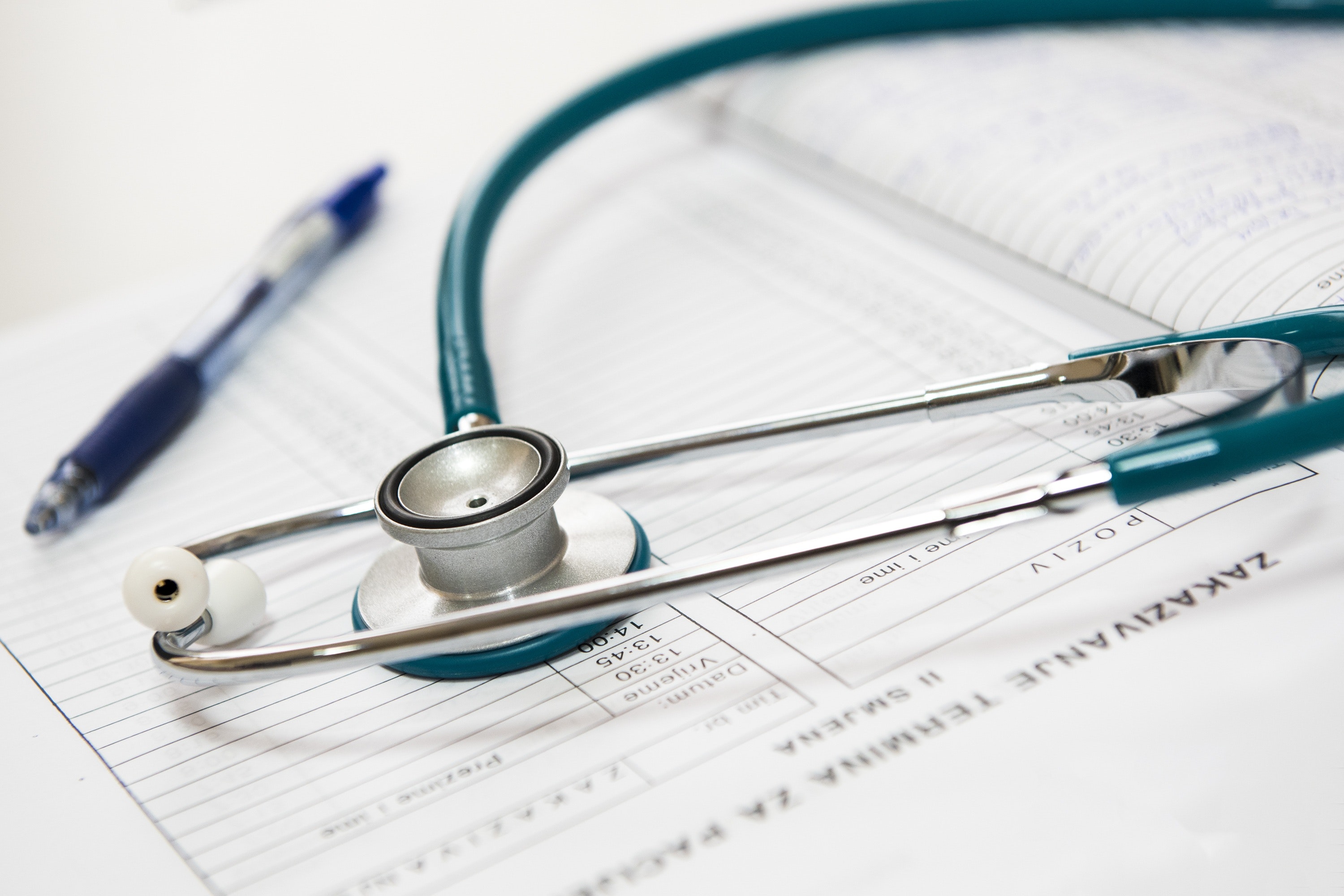 The ULiSSESTM device won the 2019 grand prize for the "Create the Future" Design Contest, an annual competition hosted by Tech Briefs Media Group and has now been put to the test. Developed over decades by teams at the Univerisity of Austin and Vascular Perfusion Solutions, this device could increase the transportation time of donor's hearts and other vital organs from 4 hours to 24 hours.
The ULiSSESTM device won the 2019 grand prize for the "Create the Future" Design Contest, an annual competition hosted by Tech Briefs Media Group and has now been put to the test. Developed over decades by teams at the Univerisity of Austin and Vascular Perfusion Solutions, this device could increase the transportation time of donor's hearts and other vital organs from 4 hours to 24 hours. Where are my child's stem cells?
That's what 200-300 Dutch parents were asking when they discovered Cryo-Save was on the brink of bankruptcy and had transferred their children's umbilical cord cells long-term cryo storage to the PBKM FamiCord Group in Poland. A FamiCord representative confirmed that 2% of approximately 230,000 clients’ samples did not arrive at the laboratories. Cryo-Save now faces a transplant law investigation in response to transporting these samples without the client's consent. READ MORE
Want to prevent this happening to your biobank? Check out ISBER's best practice guide
Written by Estefania Paredes (University of Vigo, ES), Dominic Olver (University of Saskatchewan, CA), Peter Kilbride (Asymptote Ltd., UK)
The Society for Low Temperature Biology annual meeting took place in the sunny and welcoming city of Seville (Spain) for its 55th edition in October 2-4th, 2019. The meeting started with a workshop in collaboration with the Stem User group (SCUG) and the Andalusian Initiative for Advanced therapies.
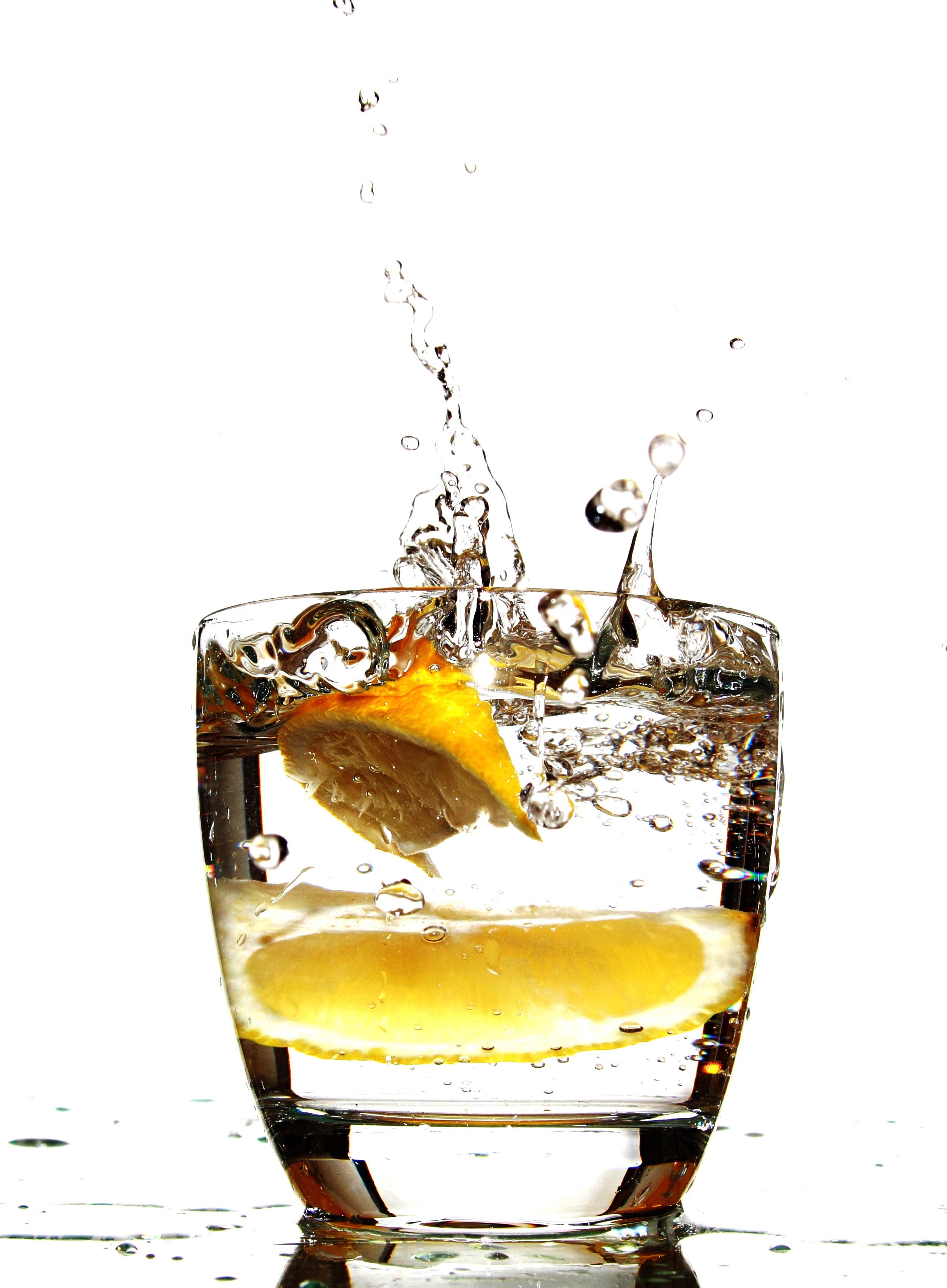
A woman in Florida, USA, nearly died in October 2019 after ingesting a drink with liquid nitrogen. Ms. Stacey Wagers saw a waiter pour a liquid onto another patron's dessert, giving it a neat "smoky" effect. The waiter poured some of the same liquid into Wager's glass of water after her friend commented on the cool effect. Wager became immediately and violently ill, resulting in her gall bladder and parts of her stomach being removed. Read more...
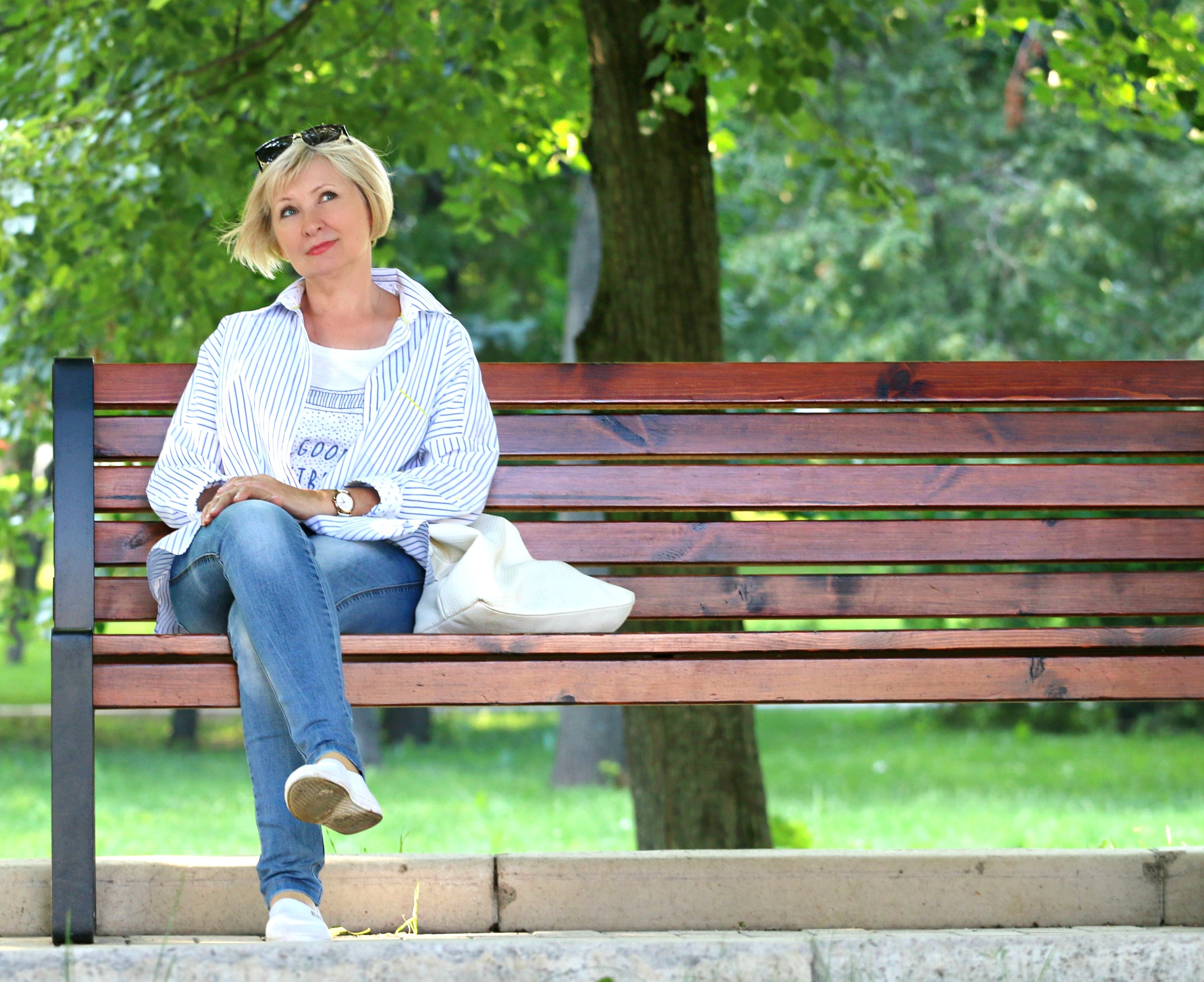 Springboarding off the research done to preserve female's fertility before cancer treatments, researchers are now applying the same techniques to women in an attempt to postpone menopause. Researchers remove an ovarian tissue sample, use cryopreservation to preserve the pre-menopausal tissue, and then, even decades later, thaw and graft the tissue back onto the body. This tissue can then restore the reduced hormones and delay menopause. Tissue samples from nine women are being preserved, ready to be used just as the women begin to enter menopause.
Springboarding off the research done to preserve female's fertility before cancer treatments, researchers are now applying the same techniques to women in an attempt to postpone menopause. Researchers remove an ovarian tissue sample, use cryopreservation to preserve the pre-menopausal tissue, and then, even decades later, thaw and graft the tissue back onto the body. This tissue can then restore the reduced hormones and delay menopause. Tissue samples from nine women are being preserved, ready to be used just as the women begin to enter menopause.
Of course the younger and healthier the original tissue sample, the more effective it will be in delaying menopause. A tissue sample from a 40-year-old woman is expected to delay menopause by only 5 years, but future women in their 20s may be able to postpone menopause or even extend their fertility window by 20 to 30 years. READ MORE...
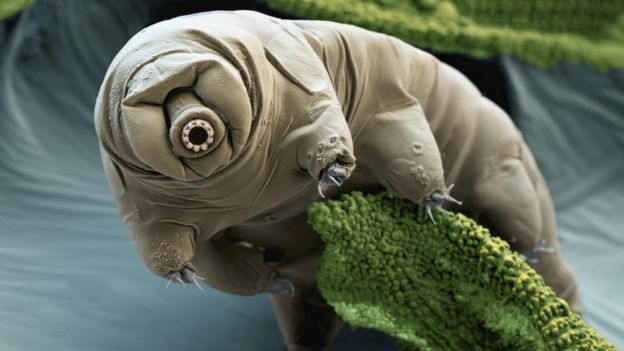 You shouldn't expect any Lunar base construction yet; the first know lunar "colonists" are Tardigrades. These microscopic "water bears" can survive in nearly all of Earth's extreme environmental conditions - boiling, freezing, high pressure, and vacuum - everything except ultraviolet radiation.
You shouldn't expect any Lunar base construction yet; the first know lunar "colonists" are Tardigrades. These microscopic "water bears" can survive in nearly all of Earth's extreme environmental conditions - boiling, freezing, high pressure, and vacuum - everything except ultraviolet radiation. 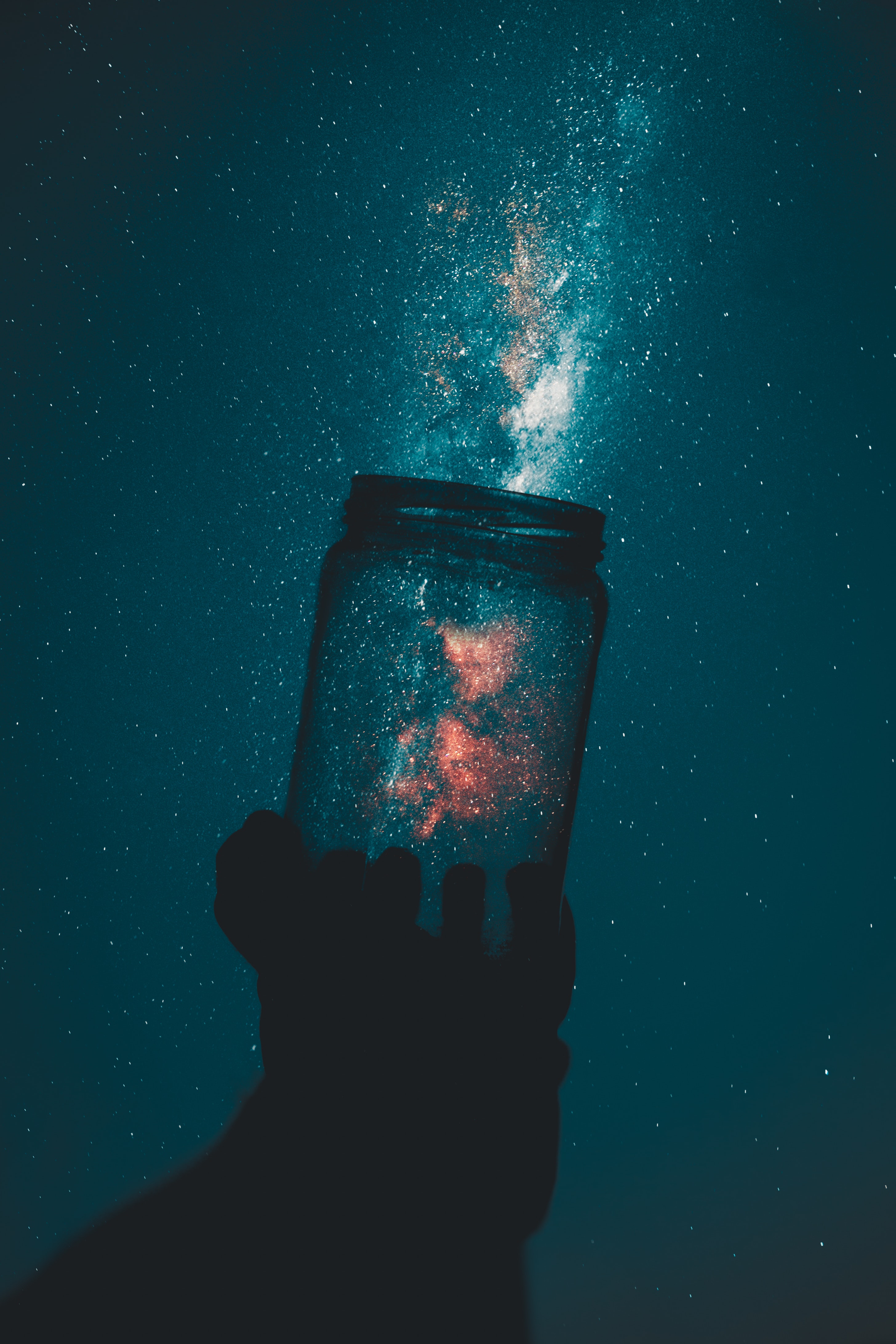 We don't have to worry about our planetary passports quite yet. As a species, we're still "light years" away from space babies, but the European Society of Human Reproduction and Embryology in Vienna presented research that frozen sperm samples can still be viable after being subject to microgravity conditions.
We don't have to worry about our planetary passports quite yet. As a species, we're still "light years" away from space babies, but the European Society of Human Reproduction and Embryology in Vienna presented research that frozen sperm samples can still be viable after being subject to microgravity conditions.
Montserrat Boada, director of an embryology laboratory at Dexeus Mujer, a women's health center in Barcelona, Spain and a team of researchers tested the effects of altered on sperm samples using aerial abcroatics. Passenger air flight is no comparison to the conditions these 10 sperm samples underwent which included at least 20 parabolic maneuvers that exposed the samples to space-like gravity and gravity forces two to three times more than experienced on Earth. Other obstacles to future space colonization would include conception, the effect of microgravity on respiratory and circular systems, and the unknown prenatal effect of zero-Gs. Read more HERE
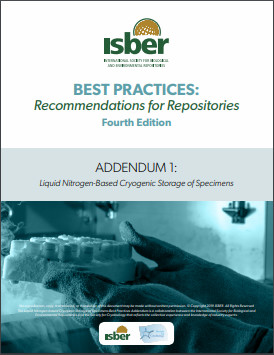 The Society for Cryobiology, in partnership with the ISBER, is pleased to announce the launch of the Liquid Nitrogen-Based Cryogenic Storage of Specimens Best Practices Addendum to the ISBER Best Practices 4th Edition. "The new Liquid Nitrogen Best Practices Addendum will be a go-to resource for the growing number of repositories being asked to store cellular products being used in adoptive therapy research and manufacturing. We are grateful to the team of contributors who are world leaders, who have shared their expertise in building and managing facilities to support collections requiring sub-Tg (glass transition, -135°C) storage,” said David Lewandowski, President of ISBER.
The Society for Cryobiology, in partnership with the ISBER, is pleased to announce the launch of the Liquid Nitrogen-Based Cryogenic Storage of Specimens Best Practices Addendum to the ISBER Best Practices 4th Edition. "The new Liquid Nitrogen Best Practices Addendum will be a go-to resource for the growing number of repositories being asked to store cellular products being used in adoptive therapy research and manufacturing. We are grateful to the team of contributors who are world leaders, who have shared their expertise in building and managing facilities to support collections requiring sub-Tg (glass transition, -135°C) storage,” said David Lewandowski, President of ISBER.
The new ISBER Addendum and the ISBER Best Practices 4th Edition is available to download now.
 The Royan Institute held their third cryobiology and biobanking symposium on February 27, 2019, in Tehran, Iran. The Royan Institute was established in 1991 as a public non-profit research institute for reproductive biomedicine and infertility treatments. Today Royan consists of three research institutes:
The Royan Institute held their third cryobiology and biobanking symposium on February 27, 2019, in Tehran, Iran. The Royan Institute was established in 1991 as a public non-profit research institute for reproductive biomedicine and infertility treatments. Today Royan consists of three research institutes:
The Board of Governors is pleased to announce that the location for CRYO2020 is America's Windy City, Chicago.
Location
Crowne Plaza Chicago O'Hare Hotel and Conference Center
440 N River Rd, Rosemont, IL 60018, USA
Dates
Board of Governors Meeting/Evening Welcome Reception: Monday July 20, 2020
Annual Meeting: Tuesday July 21 - Friday July 24, 2020
Further details will follow in the second half of 2019. 